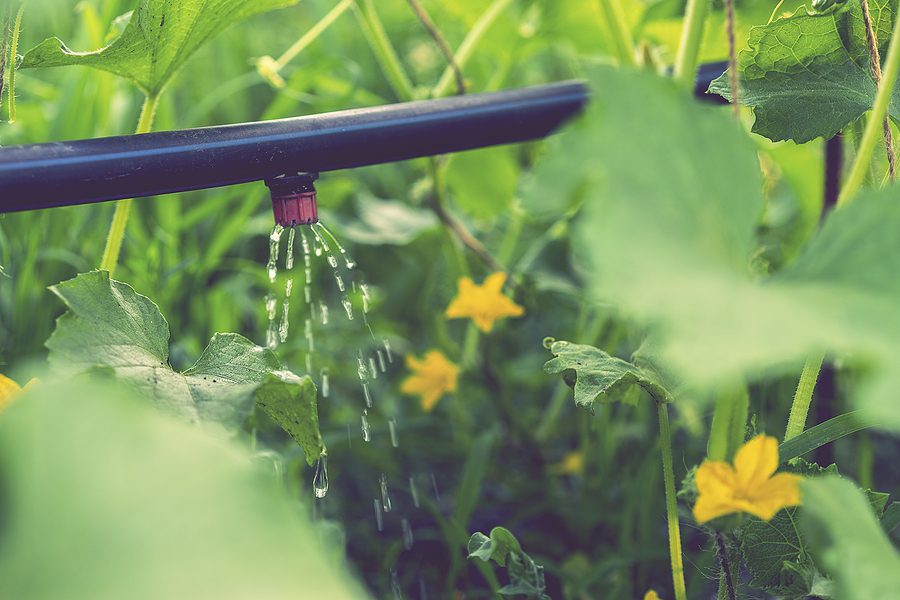How to Winterize Your Albuquerque Drip Irrigation System

While many do not think so, freezing temperatures damage the drip irrigation system quite seriously. Therefore, you need to winterize your irrigation system as well as your garden hoses to make sure they work well once the winters are gone.
Below, we’ll be sharing some steps that you can follow to make sure your garden hoses are ready to face the winter. Applying the tips below to your water irrigation system, you can save yourself both hassle and money – and of course, time.
So, let us get ready for winter:
Shut Off the Main Draining Assembly
You need to shut off the system to protect it from the winter blues. Remove the main water supply, faucets, timers, pressure regulating system, filters, and everything else that makes the part of draining system.
Make sure you have drained them components well and emptied them of all the standing water. Then securely place then indoors at a place where they won’t freeze. As for the timers, remove their batteries to prevent corrosion.
Tips for Draining: Focus on Flush Valves and Emitters
To drain the irrigation system, open the manual valves while removing their end fittings. Usually, freezing can’t damage the Poly mainline tubing, but their fittings can crack if they have water in them that turns to ice.
Coming to the Flush Valves, install these at low line points so the system can easily drain. These valves g open whenever you shut the system to drain the water trapped lines. Emitters also help with draining and hence should be installed at low points too.
Blow The Lines with Compressed Air
When packing up the irrigation system components, you want all the water drained. For this, we suggest you use compressed air and blow out the lines for all the water. This method is both easy and timesaving. The only thing you need to make sure here is that the fitting ends are removed, and the blown water has space to leave the system.
Seal All the Open Lines
After draining the lines, re-fit all the end fittings but keep the end caps a bit loose to allow for draining. The point from where the faucet was removed from the system also needs to be sealed well. Using a relevant plug, seal the female hose start fitting too.
Not sealing the open lines well, you allow insects, dirt, and debris to enter and damage you open lines, making them useless for the next season.
Restarting The System Post Winter
Now that the winter is gone, it’s time to restart the system again.
Check the system for leaks and them tighten all the previously loose caps. Get new batteries installed in the timers and replace nay damaged components.
Once all of this is completed, you’re all set to reuse your drip irrigation again.
